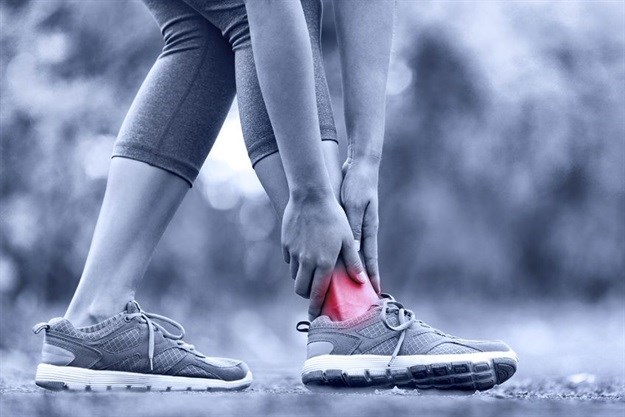






The research, published in the journal PLOS ONE, applied next generation sequencing technologies to improve the understanding of genetic susceptibility to injuries such as tendons, ligaments and skeletal muscles.
The four-year study was done on a shoestring budget by the Exercise Science and Sports Medicine division at UCT. Professor Alison September, the principal investigator on the project, says: “Designing the concept with such a small amount of money, we really thought it wouldn’t be possible. But we persevered and look where we are today.”
Professor September and co-researcher Dr Andrea Gibbon’s study focused on ligaments and tendons, which are commonly injured during occupational and sporting activities. Their research looked at sports injuries suffered due to overuse as well as cases of more sudden, acute injuries.
The study involved sequencing 20 individuals, 10 controls involving those who hadn’t suffered an injury and 10 cases involving those who had suffered multiple Achilles tendon injuries. They wanted to explore the idea that specific changes in human genes could influence a person’s susceptibility to injury. This was based on the observation that certain people can run much of their lives without injury while other younger individuals can suffer multiple chronic injuries.
The researchers identified variations in the DNA code for a particular type of protein called Tenascin C, which is abundant in developing tendons, bone and cartilage – among other things. Variants of the Tenascin C gene were associated with risks of musculoskeletal soft tissue injuries, including Achilles tendinopathy and knee ligament injuries. They found that a specific code within the gene for Tenascin C increased risk of these injuries.
Looking at the potential value this research offers those of us who aren’t athletic, Professor Gibbon – an avid runner herself – asserts that having access to this kind of information will not only help professional athletes minimise injury risks, it will also give average individuals the confidence they need to get exercising.
“We know that this is such a multifactorial condition, but we are looking specifically at the genetics of these injuries, asking if these individuals have a genetic profile that is different,” Professor Gibbon explains. “And if there is a pattern across their genome that may contribute to their predisposition.”
The project was originally started by Professor Malcolm Collins in the early 2000s. “At the time, with the technology available, people thought it was impossible to find a genetic component to a sporting injury. But, today, we’ve proved them wrong,” notes September.